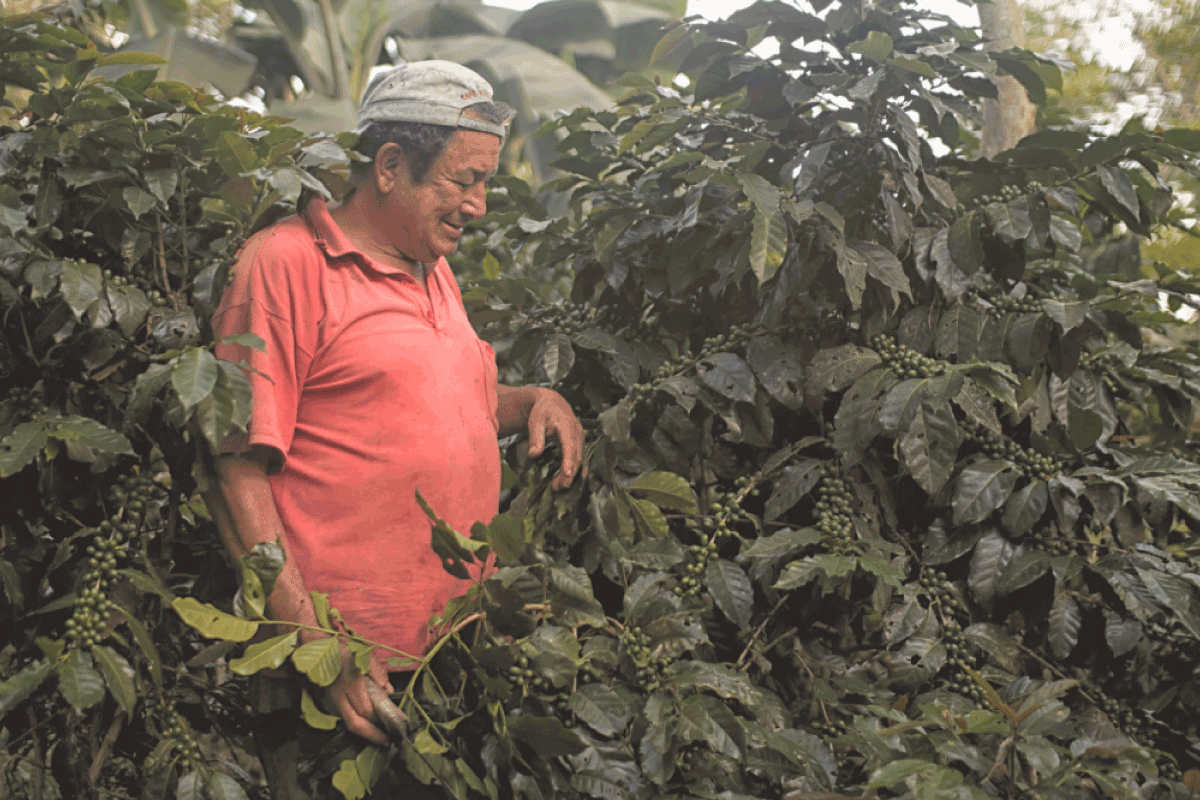
La Chacra D'Dago
Elise PorterSince the 1700s, coffee has been grown throughout Peru, from the Amazon basin to the Andean mountains and the Pacific Coastline. It is currently the world's 9th largest producer of coffee yet La Chacra D’Dago is the only biodynamic coffee farm in all of Peru!
The farm is around 1550-1600m located in Palomar, 30 minutes from Villa Rica, a famous coffee town in Central Peru.
Dagoberto Marin is a trailblazer in Peru for the way he has grown coffee over the last 20 years. Following the family traditions of growing coffee, he decided to divert from using chemical fertilisers to a biodynamic approach to farming. The Marin family have around 15 hectares growing many different varietals.
Their innovative fermentation process:
The harvest is picked by hand with no machinery used at all. This helps to screen the quality before it goes to the beneficio (processing plant) which has many steps to screen the cherries to make sure only the ripest, cleanest and free of any defects cherries make it through to the drying stage.
At the top of their beneficio they have a drying area where they check again by eye what cherries are ripe and red. All of those that don’t qualify this eye test are taken out and placed in an area for seconds.
For those cherries left, water is passed through them and this is the second part of quality control. They look for those cherries that float and also discard them into the area of seconds.
After this two step process, the coffee cherries that passed are then ready to be washed, pulped and stored in a concrete tanks for 76 hours, followed by being dried on African beds for 10 - 15 days.

The story of their biodynamic creations
'La Chacra D Dago' was founded in 2005. In Peru, La Chacra means a small plantation, it can be coffee or other crops, however, La Chacra in Eastern cultures means oriented to the energy fields.
La Chacra D Dago spans across three generations, with each new generation pushing forward in sustainably farming:
- 1st generation -1950s used conventional agriculture where more focus was on production than quality, with chemical methods.
- 2nd generation - 1990s went with organic agriculture, using 100% organic methods, caring for the flora and fauna of the forest and coffee crops.
- 3rd generation - 2005 with biodynamic agriculture using the practices of Dr. Rudolf Steiner. Going further than organic practices, now they use the astronomical calendar for fertilisation and compost.


